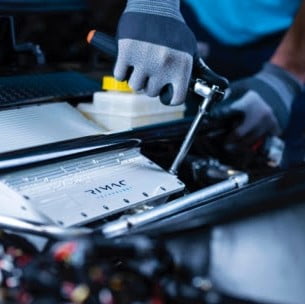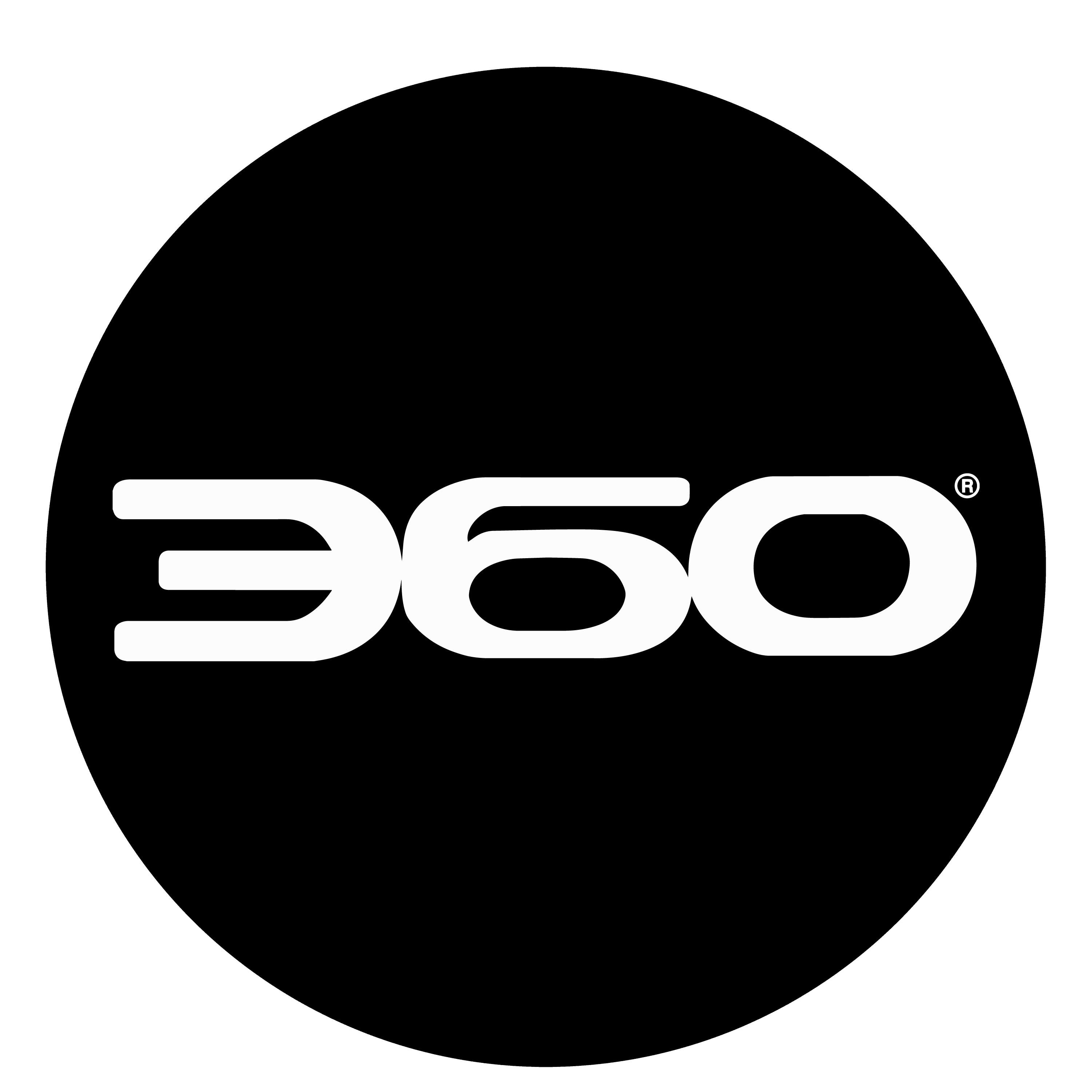Ringing in the new year, the Rimac Group becomes its own entity as the Rimac Technology business. Serving as a diverse company, Bugatti Rimac (active from November 21) falls within the clientele of the Rimac Technology business. The Rimac Group is a shareholder in Bugatti Rimac with 55% stake and Porsche with the following 45%. […]









